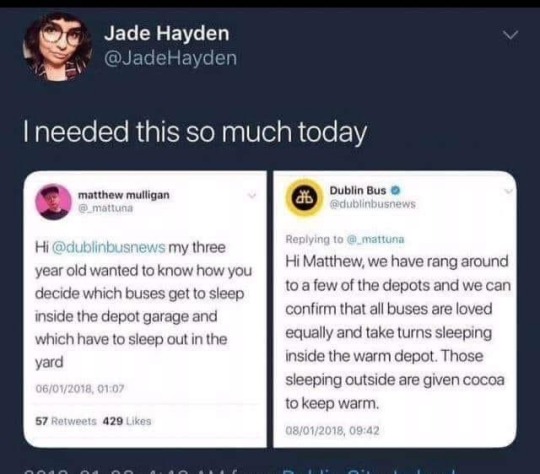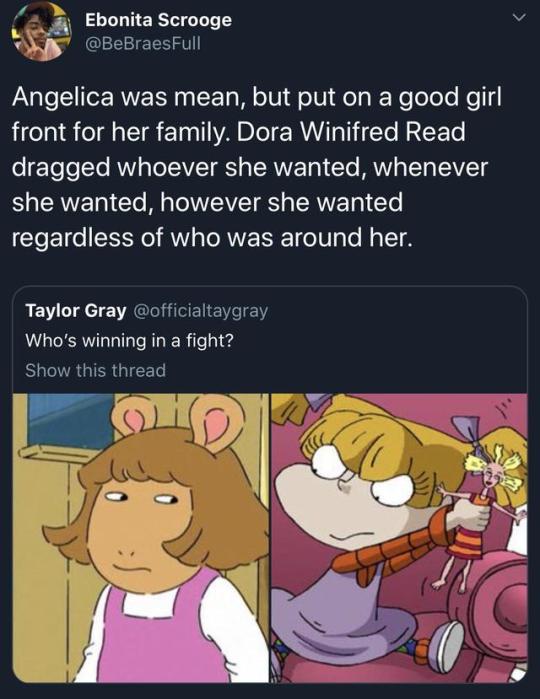Text
155K notes
·
View notes
Text
27K notes
·
View notes
Photo

The Waffenlauf
The Waffenlauf is a type of Swiss marathon where every current or former soldier can participate. They are required to carry an army rifle (such as the K31, Stgw 57 and Stgw 90) and their uniform.
Pictured is the all time champion Albrecht Moser, that won this competition over 50 times while carrying his old K31 and his old army uniform.
4K notes
·
View notes
Video
tumblr
The Götheborg of Sweden greets the school ship Gunilla with a gun salut
Source
605 notes
·
View notes
Text

From Wildlife Sketches, 1999. G.W. Bradt, Charles E. Schafer, and Steve Harrington.
411 notes
·
View notes
Text
Early Sunday morning, a structure fire was reported inside of a barn in Kearneysville, West Virginia. U.S. Air Force Firefighters from the 167th Airlift Wing responded along with the local Fire Department to help extinguish the fire. While on location and actively battling the blaze, a large beam came loose and fell on top of a group of firefighters. Senior Airman Logan Young suffered fatal injuries in the deadly collapse. The other wounded firefighters suffered numerous injuries but will survive. The barn fire was one of two fires that morning which investigators determined were intentionally set by an unknown suspect. There is currently at $20k reward for information leading to the arrest of the arsonist.
Senior Airman Logan Young enlisted in the U.S. Air Force in 2011. During his time in uniform, he had served a combat deployment in the Middle East with the Security Forces before transitioning from active duty to the West Virginia Air National Guard to become a firefighter. Logan leaves behind his pregnant fiancée, a brother and both parents. He was 30 years old. #loganyoung

36 notes
·
View notes
Video
youtube
Super Bowl 53 | Ragged Old Flag
0 notes
Photo

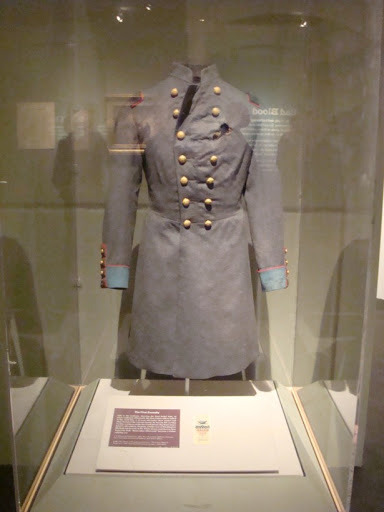

Why was the first Union officer killed in the American Civil War wearing a grey uniform?
On May 21st, 1861 the 11th New York Volunteer Infantry Regiment stormed Alexandria, Virginia, a mere week after Virginia had declared secession from the Union. The regiment’s commander, Col. Elmer Ellsworth, entered a local tavern to remove the Confederate flag that was flying on the roof of the building. While descending the steps with the flag he was ambushed and shot by the tavern’s owner, James W. Jackson, who was in turn bayoneted to death by another soldier. Col. Ellsworth became the first Union officer killed in the American Civil War, and one of the earliest deaths of the war in general. Today his uniform is on display at the New York Military Museum, complete with the bullet hole from his fatal shooting. However, to those not so much versed in Civil War history, something may seem odd about the uniform. Ellsworth was a colonel in the Union Army, but he was wearing a grey uniform.
Most Americans have learned that during the Civil War the Union wore blue and the Confederacy wore grey uniforms. However in the early months of the war this was not a hard and fast rule, more like a suggestion. At the beginning of the Civil War the US Army consisted of three classes of soldiers. The first were the 16,000 regular soldiers who made up the army before the war. These men would have had their regular service uniforms which would have been blue. Then there were the volunteers who enlisted when the war began. While many would have been issued standard uniforms many other units designed their own uniforms which were unique to that regiment. Finally there were local militia companies and regiments who existed before the war and had their own uniforms, most of which were not standard US Army issue. The men of the 11th NY Infantry were of the 2nd category, personally recruited by Ellsworth from New York City firefighters. Ellsworth himself designed the uniform, and since he was part of the zouave fandom, he designed a zouave uniform. Zouaves were originally French light infantrymen stationed in North Africa who wore a unique type of uniform with a North African flair. Since people at the time thought the French were awesome many militaries copied French uniforms. Both the Union and Confederate standard uniform was based on the French pattern. People at the time thought zouaves were especially awesome, so in no time militaries around the Western world were creating their own zouave units. This included Spain, Britain, Italy, Turkey, Brazil, Poland, the United States, and the Confederacy. Ellsworth made his uniform grey most likely because his first command was as the drillmaster of a militia unit called the Rockford Greys, which also happened to be a zouave unit.
11th NY Volunteer Infantry, early war
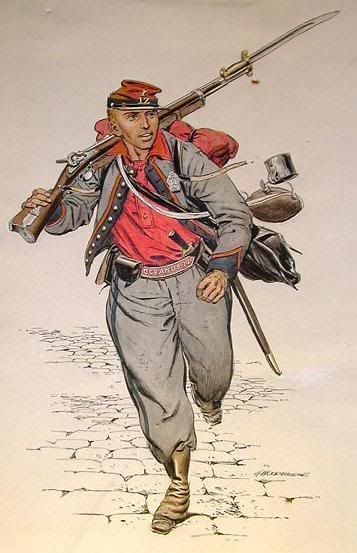
Thus the early Union Army was a hodgpodge of different volunteer and militia units with their own unique uniforms. The Confederate Army had an even bigger problem with uniform standardization as it was an army created completely by scratch comprised entirely of militia with their own unique uniforms or volunteers. Many early Confederate soldiers didn’t even have uniforms and went into battle wearing civilian clothing.
The result was that on both side you had a wide variety of uniforms in a wide variety of styles and colors. There were Union soldiers wearing grey and Confederate soldiers wearing blue. There were soldiers wearing uniforms that were from the wrong century and they might have had time machines.
2nd New Hampshire Militia Regiment
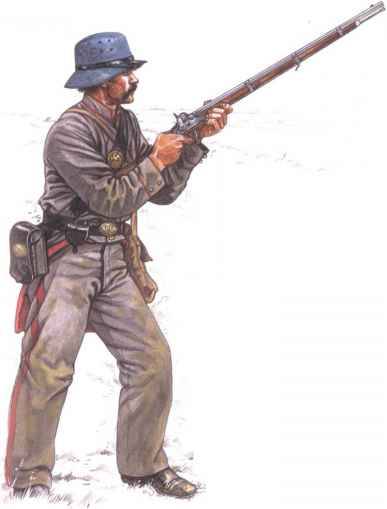
The Amoskeag Veterans, a militia unit from New Hampshire

There were soldiers who wore kilts
79th New York Volunteer Infantry
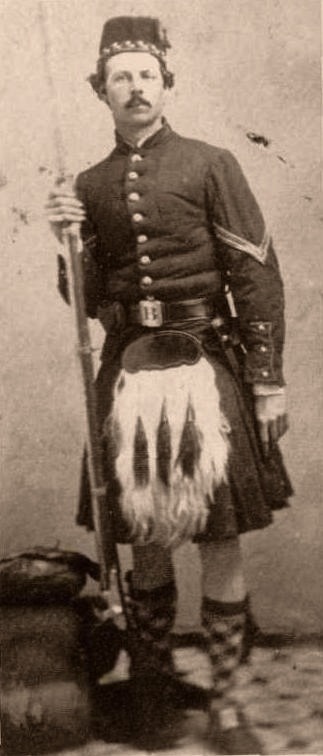
There were soldiers who wore Prussian style pickelhaubs with a skull and crossbone on them
Palmetto Rifles, a militia unit from South Carolina
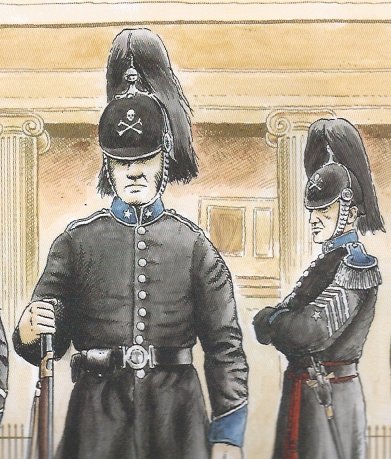
There were soldiers who fought in wars of independence in their home countries and wore the same uniform after immigrating to America.
39th New York Volunteer Regiment, a unit comprised of Italian immigrants, many of whom fought in the Italian Unification Wars.

Literally anything could go. If I find out tomorrow that there was a Union regiment who dressed up as Roman legionaries and a Confederate Regiment who dressed up as Greek hoplites and they fought each other in a small early war skirmish in Kentucky it would not shock me.
This uniform madness all culminated at the First Battle of Bull Run, AKA First Manassas, where the wide variety of uniforms resulted in chaos and confusion. According to Gen. William T. Sherman friendly fire incidents occurred during the battle due the confusion. In one incident, the 33rd Virginia Regiment stormed two Union artillery batteries without being fired upon because they were wearing blue uniforms.
After the Battle of Bull Run both sides began the mass issuance of standardized uniforms to end the confusion and streamline logistics. By 1862 most soldiers had standard issue uniforms. There were some exceptions, most notable were zouave units because zouaves were just the bee knees I’ll tell you what. However, even then Union and Confederate zouaves wore blue and grey respectively. Specialized units might wear special uniforms, for example Union sharpshooters wore green uniforms as an early form of camouflage. Often milita and volunteer regiments wore standard uniforms with unique accessories so that they could retain some uniqueness. For example the 79th NY Infantry continued to wear kilts and the 39th NY Infantry wore their wide brimmed Italian hats with ostrich feathers. The 2nd Wisconsin “Iron Brigade” wore the hardee hat as a distinction because they were an elite unit of shock troops. However for the most part, the uniforms in the Civil War became the same.
2nd Wisconsin Iron Brigade
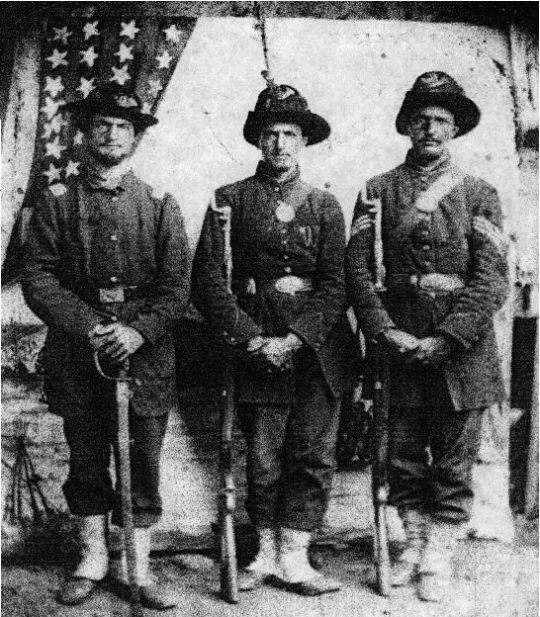
3rd New Jersey Hussars
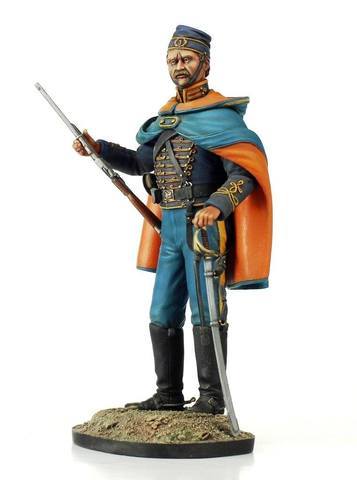
44th Mississippi Infantry

995 notes
·
View notes
Text

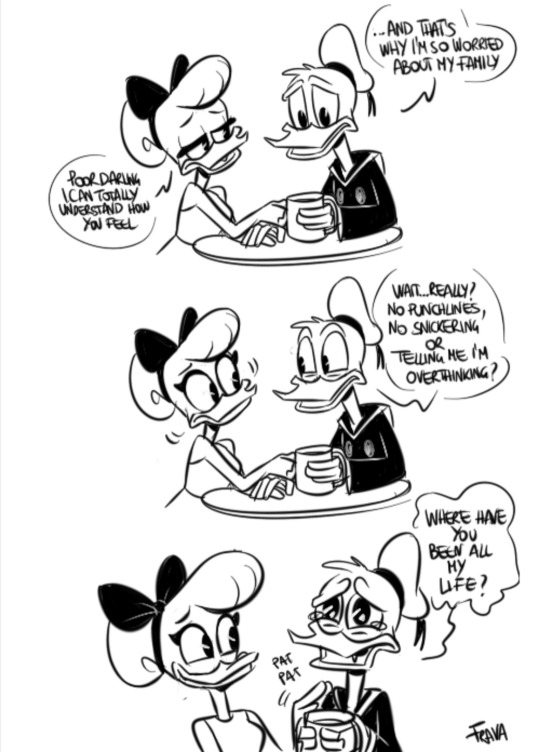
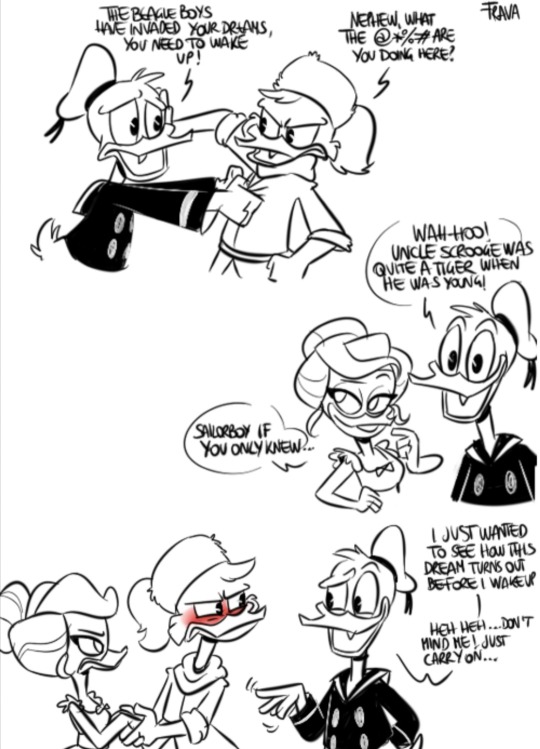
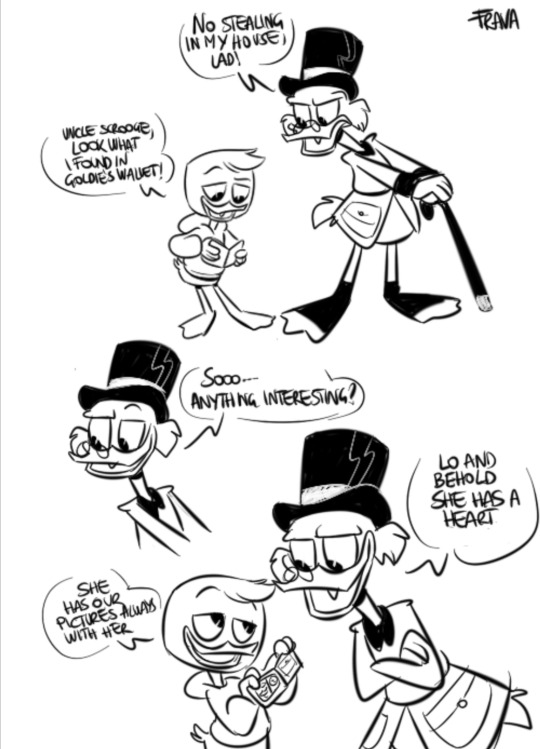
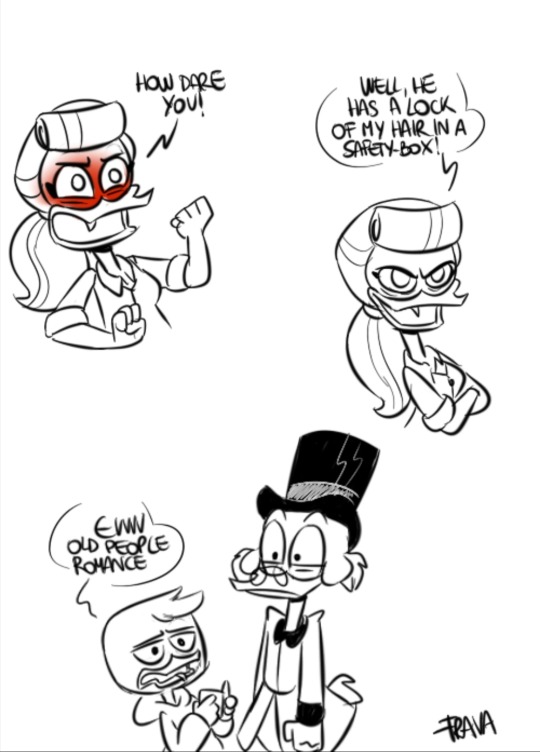
Doodles part 8
Check out my IG profile (frava.art)
Commissions are open🌷
2K notes
·
View notes
